Aquarium owners come up with health concerns for their aquatic pets more often, as columnaris fish disease is one of the most common issues they deal with. The bacterial disease is triggered by the fish disease Flavobacterium columnare and is present in many fish species. It could cause very serious health problems if not treated immediately. Recognizing the symptoms and knowing the treatments that work enables fish owners to guard their much-loved aquatic fish.
Content Table
In this article, we will go deeper into the finer details of fish columnaris disease, covering its symptoms, causes, and treatment, so fish keepers can learn how to understand and prevent columnaris disease as well as betta fish columnaris.
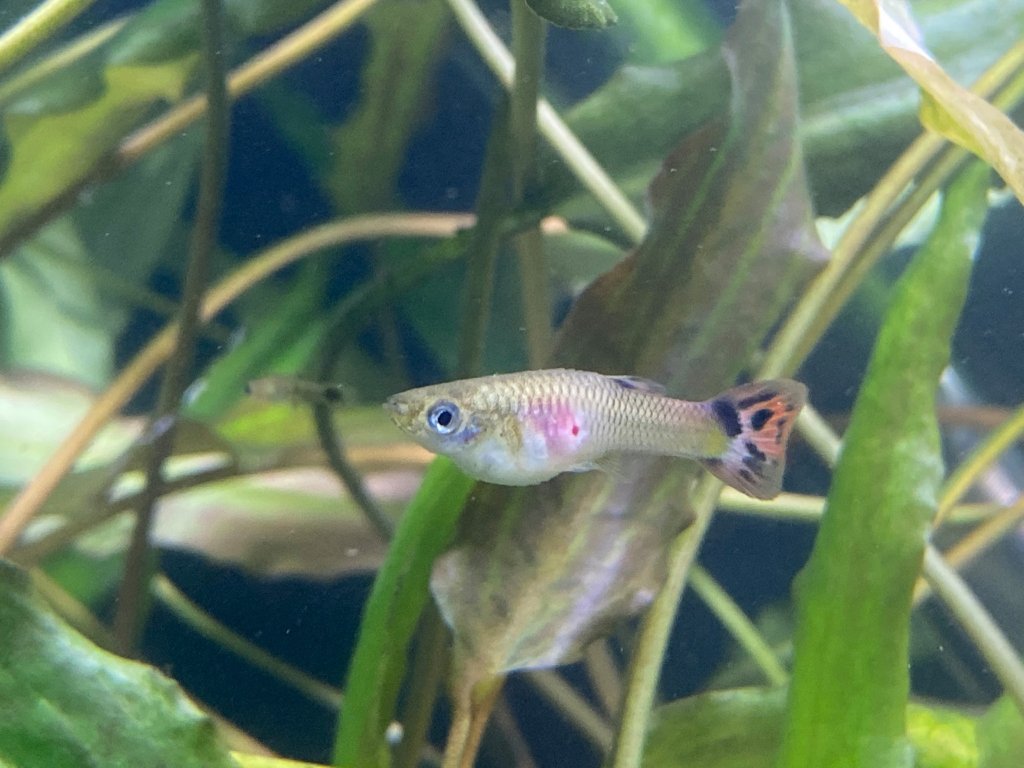
Fish Columnaris
Fish columnaris, also known as cotton wool disease or saddleback disease, is a common bacterial infection that affects freshwater fish. The disease is caused by the bacteria Flavobacterium columnare and is characterized by white or greyish patches on the skin, fins, and gills of infected fish. These patches may resemble cotton wool or saddle-shaped lesions, hence the name of the disease. These bacteria can live in both healthy and diseased fish. The bacterium can become opportunistic and infect fish that are stressed, injured, or have poor water quality.
Columnaris fish disease is highly contagious and can spread rapidly through a fish tank or pond. It is often triggered by stress factors such as poor water quality, overcrowding, or inadequate nutrition. Infected fish may exhibit symptoms such as lethargy, loss of appetite, frayed fins, and difficulty breathing.
What are the Symptoms of Columnaris Disease
Here are some of the symptoms of columnaris disease:
- White or grayish spots or patches on the head, fins, or gills: These lesions evolve from small beginnings and end up larger and more ulcerated. Respiratory secretions are mucus membranes that may be covered with white or gray mucus.
- Frayed fins: They can look tattered and eaten away.
- Saddleback lesions: They are skin lesions that are formed at the base of the fish, behind the dorsal fin. Such spots initially appear as pale zones and can advance to become yellow, brown, or red.
- Mouth rot: The oral cavity might become white or gray, and one may notice rotting of teeth.
- Lethargy: Following this, the fish may lose their active condition or stop eating.
- Flashing: The fish often touches the sides of the aquarium with its fins, tails, or tail.
- Gill problems: The fish may respirate through the gill organs or may have trouble inhaling.
Note: If you see any of these symptoms in your fish, it is important to quarantine them immediately and treat them with an antibiotic. Early diagnosis and treatment are important for preventing the disease from spreading to other fish in the tank.
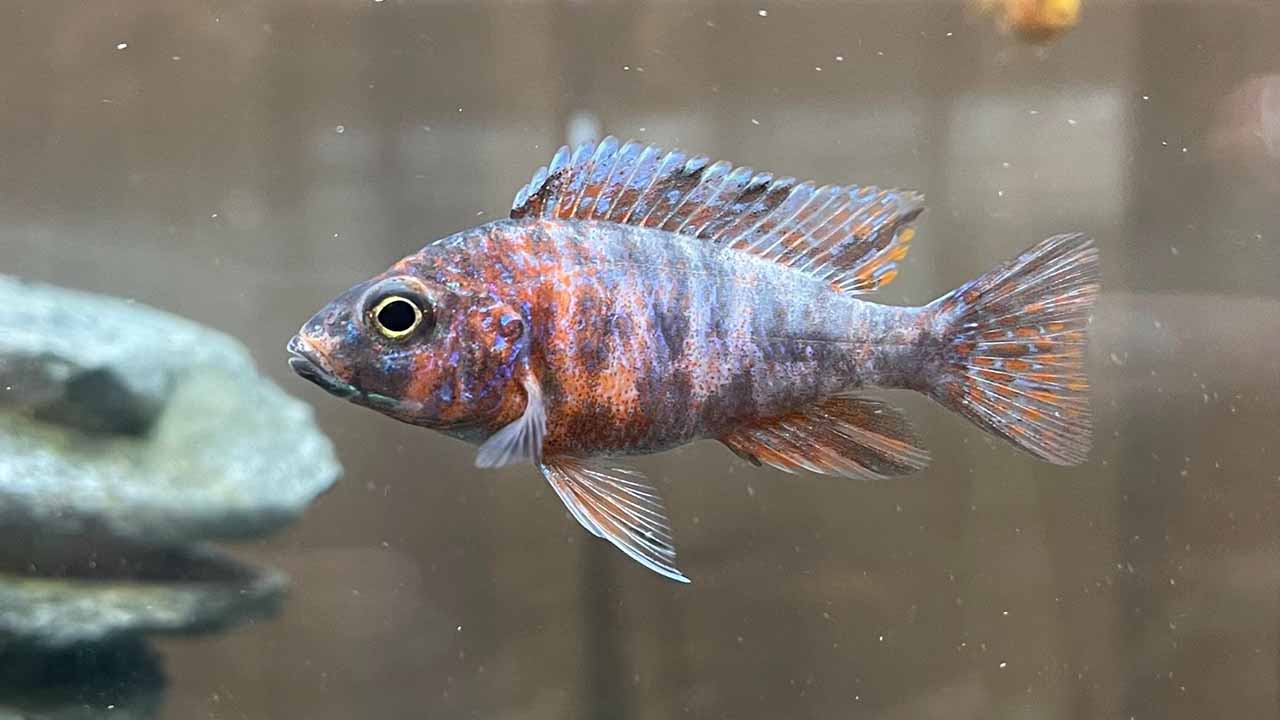
Causes Columnaris in Aquarium Fish
While the bacteria causing columnaris (Flavobacterium columnare) may be present in most aquariums, several factors can create an environment where it thrives and triggers an infection in your fish. Here are the main causes:
Stress
- Poor water quality: These include ammonia levels that are too high, nitrite and nitrate levels that are low oxygen levels, and PH or temperature fluctuations.
- Overcrowding: Overcrowding in the tank is counter-productive as it gives rise to aggressive behavior owing to competition for resources and the overflow of wastes that causes stress on fish.
- Incompatible tank mates: Fish that are aggressive or territorial by nature may harass and stress other fish by chasing and bullying.
- Poor diet: When the fish do not get enough food, the immune system becomes weak, causing the fish to get infected easily.
- New introductions: New fish, when added, may carry the bacteria or induce stress through competition.
- Sudden changes in the environment: Angles of changes in temperature, pH, or decorations can stress fish.
Injury
- Fins nipped by other fish: The wounds are easy targets for bacteria to enter.
- Physical damage during handling or netting: Treat the fish with care so that they won’t get injured.
Other Factors
- High water temperature: The bacteria grow best in warmer temperatures.
- Organic matter buildup: The uneaten food, fish waste, and dead plant matter also increase the level of bacteria and ammonia.
Does Columnaris Cause Fin Rot
Columnaris might result in the fins rotting, but not necessarily. Here’s a breakdown:
Columnaris is a direct cause of fin rot
Yes, fish columnaris can directly attack the fins: The bacteria that cause this are the Flexibacter columnaris, which destroy skin and tissue. It all can begin at the fins’ tips and go on, leading to torn, ragged, and eroded fins, which may result in fin rot.
Symptoms
Look for white or grey ulcerations, cottony patches, and erosion at the edge of the fins, associated with typical columnaris signs such as saddleback lesions or mouth rot.
Key points
- Columnaris of all types of fish does not always lead to tail rot.
- Diminished columnaris may not be the only reason for fin rot.
- Columnaris, which is a bacterial infection, is the factor that decreases the fish’s resistance to fin rot.
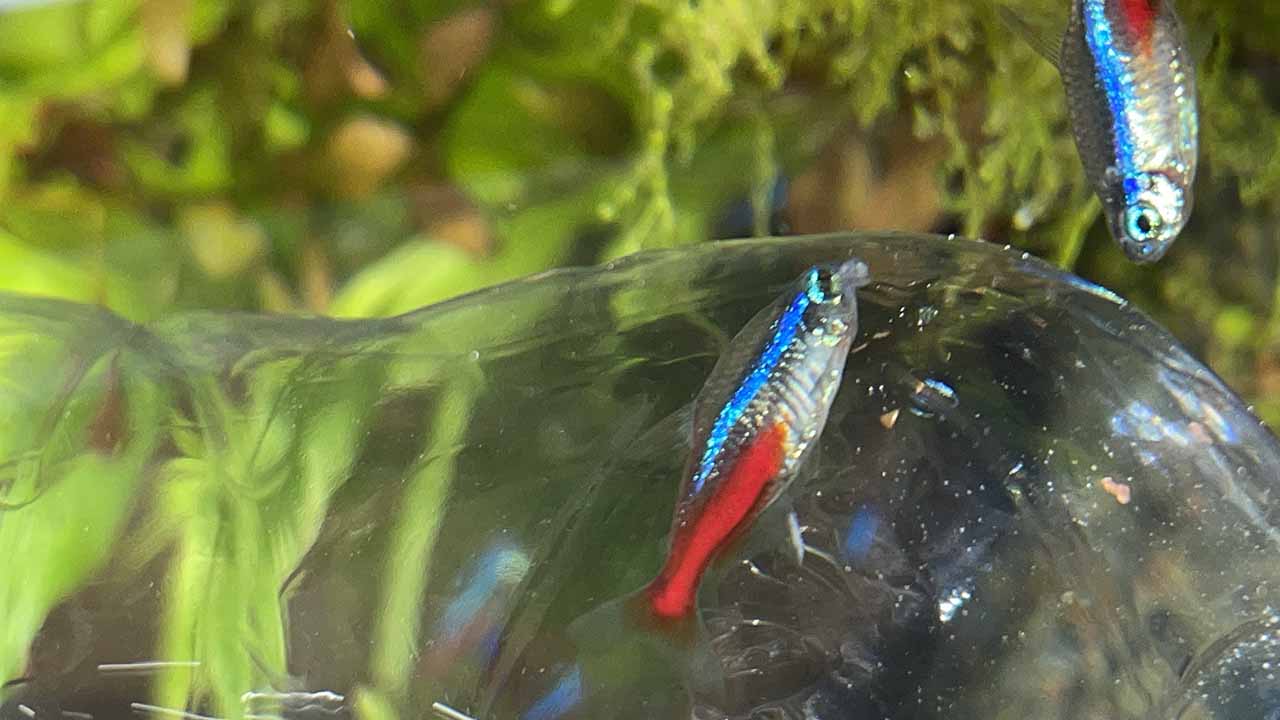
Treat Columnaris in Aquarium Fish
Successful treatment of fish camelback disease depends on how fast and carefully the approach is taken. Here’s a breakdown of the steps involved.
Immediate Action
Quarantine-infected fish: Removed the already infected fish from the main tank to stop the situation from getting worse. Make sure the water is clean and at the right temperature. Ensure that the tank includes an aquarium filter but does not contain carbon filtration, as it traps medication.
Lower water temperature: Reduce the temperature in the main tank slowly to 75°F (24°C) at last. The germs of Flexibacter columnaris increase in hotter temperatures.
Increase aeration: Provide ample oxygen in both tanks for the fish’s health.
Treatment Options
1. Medicated Baths
- Short-term baths
Prepare baths with aquarium Merbromine, Methylene blue, or Potassium permanganate and salt (follow the instructions for the medication). Dip the infected fish for 5–10 minutes daily for the next 3–5 days. Keep an eye on the situation and if need be, adjust bath duration or frequency.
- Prolonged baths
Look forward to soaking in baths with medicated salt solutions for up to 3 days, and use no more than 1 teaspoon per gallon. Those with the more severe symptoms should consider it.
2. In-tank Treatments
- Antibiotics
Choose antibiotics such as kanamycin, erythromycin, or nitrofurazone under the supervision of a veterinarian or a professional aquarist as necessary. Use dosages and durations exactly as directed.
- Salt treatment
The addition of aquarium salt (1-3 teaspoons per gallon) will make the fish immune and help the healing process in case of treatments, as well. Please proceed with caution when dealing with sensitive species, like catfish.
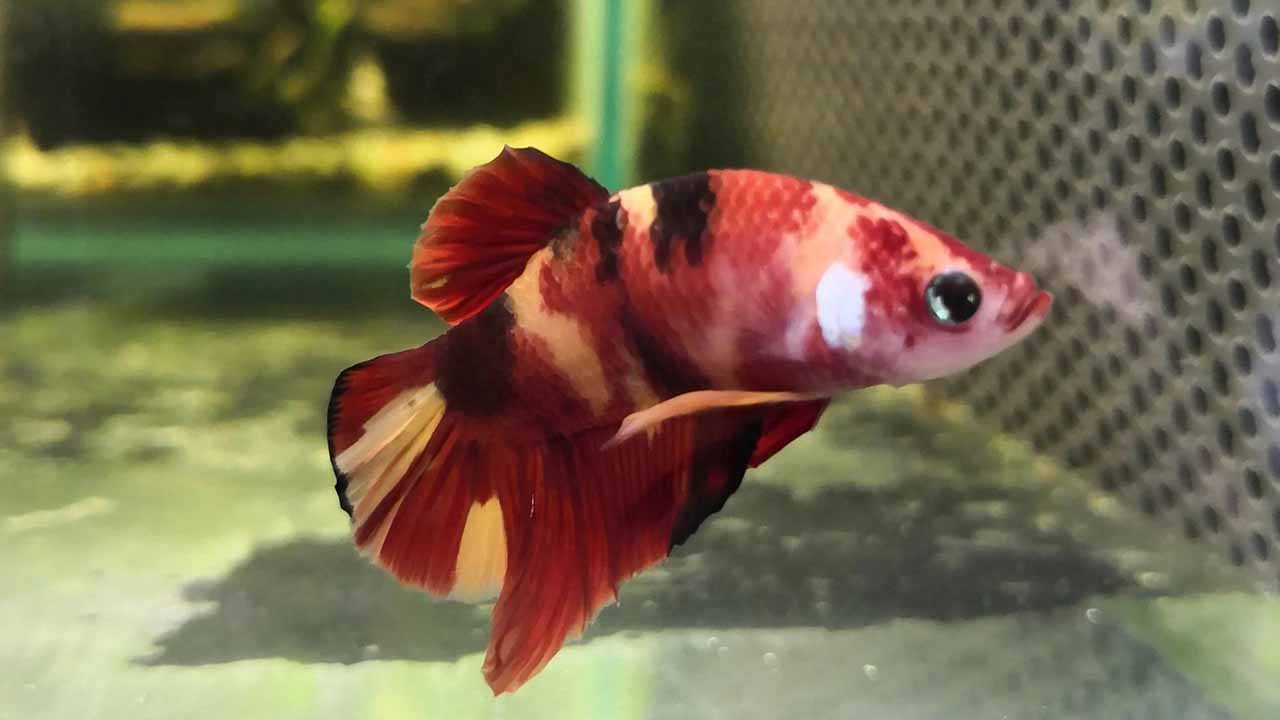
Additional Measures to be Taken
Maintain good water quality: Change the water daily in both tanks, drain waste, and monitor for ammonia, nitrite, and nitrate concentration. Clean filters regularly.
Minimize stress: Create shelter spots in the hospital tank and provide peace in the environment. Offer a diverse, nutritious feeding program as part of the recovery.
Clean and disinfect: Completely disinfect the main tank and all decorations before returning to their usual tank. Sterilize fish nets and tools that have made contact with the contaminated fish.
For Betta Fish
The general strategies for saltwater fish also apply to betta fish columnaris, but be careful of their salt sensitivity and certain medications. Try non-medicated baths, and call a fish vet or a seasoned betta for specific help and dosage adjustments.
Things to be Remembered
- The initial diagnosis and treatment can make a big difference as far as successful recovery is concerned.
- Keep watch over the fish as you apply the treatment so that you can adjust as the situation requires.
- Not all medicines are safe for all fish species. Establish a feasible procedure first, and then pick a suitable method.
- In case of doubt, ask your veterinarian or a fish keeper for specific recommendations.
Key Takeaways
Finally, the presence of columnaris fish should be treated as a warning sign, and quick diagnostics and proper management will improve the outcome. Understanding the symptoms, causes, and treatment options is very important for fishkeepers to look at the health of their aquariums. Enforcement of quarantine measures, water quality management, and provision of the right drugs will help fish keepers outdo columnaris fish and ensure their safety.

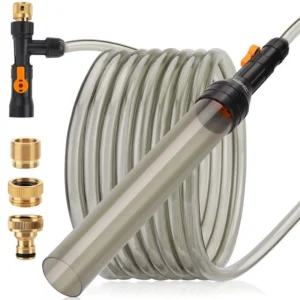
Leave a comment